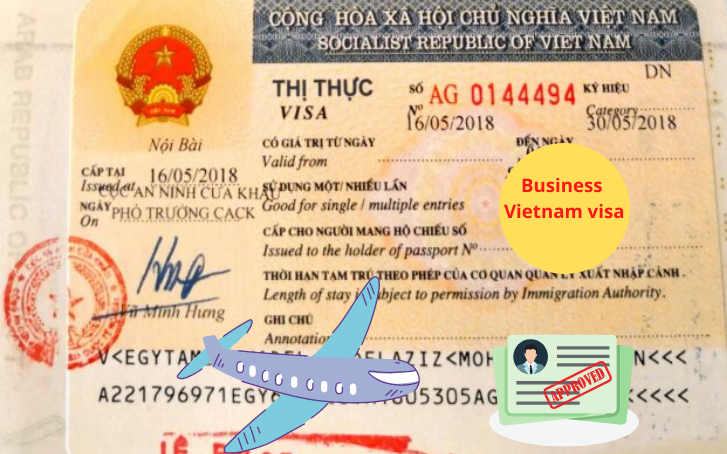
When embarking on an exciting journey to explore the rich culture and breathtaking landscapes of Vietnam, understanding the Vietnam visa on arrival process is crucial. The beautiful country offers visitors a unique blend of ancient history and modern vibrancy, making it a must-visit destination. However, traveling to Vietnam necessitates familiarity with its visa requirements, particularly the specific process involved in obtaining a visa on arrival. This guide aims to provide comprehensive insights that will help you navigate this essential aspect of your travel preparations.
Understanding the Vietnam Visa on Arrival Process

Navigating the intricacies of the Vietnam visa on arrival process can seem daunting at first, but breaking it down into manageable components makes it easier. Unlike many countries that allow travelers to simply arrive and obtain their visa upon entering, Vietnam requires a structured approach.
The Vietnam visa on arrival process starts well before you reach the airport. You cannot just stroll into the country; you need to secure a visa approval letter beforehand. This pre-travel necessity ensures that all travelers comply with Vietnamese immigration regulations.
In this section, we will explore what it means to get a visa on arrival, how it functions in conjunction with the visa approval letter, as well as the associated benefits and challenges of this procedure. Each part of the process plays a significant role in ensuring a smooth entry into this stunning Southeast Asian country.
The Basics of Obtaining a Visa on Arrival
At the core of the Vietnam visa on arrival process lies the requirement for a visa approval letter. Travelers must apply through an authorized travel agency or visa processing service that has been sanctioned by the Vietnamese immigration department.
Once the application is processed, the agency provides the visa approval letter via email. This document is vital as it serves as your passport to check-in with airlines and gain access to the Landing Visa counter upon arrival in Vietnam. It is essential to double-check that all details on the letter are accurate, including your name, nationality, and travel dates, as any discrepancies could lead to complications at the airport.
Why Choose Visa on Arrival?
Choosing the Vietnam visa on arrival option comes with several advantages. For starters, it can be a convenient choice for those who may not have enough time to apply for an e-visa or traditional visa beforehand.
Moreover, obtaining a visa on arrival allows travelers to secure a visa sticker in their passport, which can be advantageous for future travels, as it serves as a record of your visits. This could be particularly interesting for avid travelers looking to establish a pattern of travel history, especially in Southeast Asia.
Potential Challenges and Considerations
While the Vietnam visa on arrival process offers substantial benefits, potential challenges must also be considered. One of the main concerns involves the varying requirements based on nationality. Different countries may face distinct processing times, fees, and documentation needs, leading to potential confusion if not adequately prepared.
Additionally, it’s crucial to recognize that obtaining a visa approval letter does come with costs, and travelers should budget accordingly to avoid unexpected surprises. Being informed about these aspects will empower travelers to make decisions that best suit their needs.
The Importance of the Visa Approval Letter
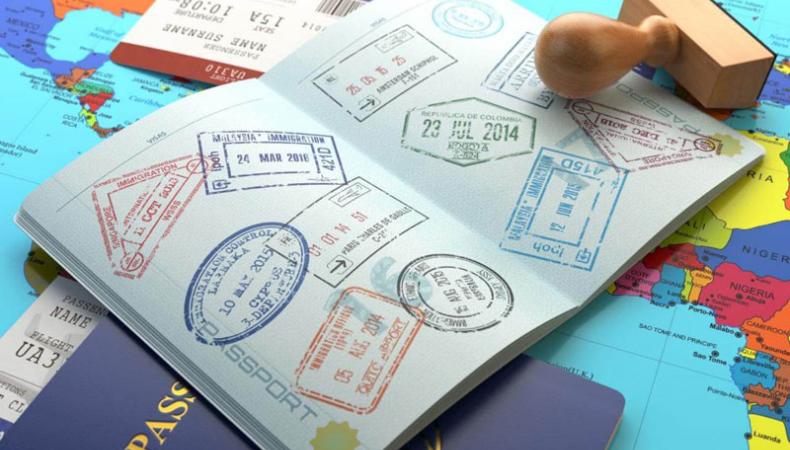
Understanding the significance of the visa approval letter is essential for a successful entry into Vietnam. This document is more than just a formality; it acts as the key that unlocks the door to your Vietnamese adventure.
The visa approval letter is a symbol of compliance with Vietnam’s immigration laws. Without it, travelers will find themselves unable to board their flight or gain access to the country.
This section will delve deeper into why securing this letter is critical, how to obtain one effectively, and what to watch out for during the process.
Obtaining Your Visa Approval Letter
To kick off the process of acquiring a visa approval letter, you’ll first need to select a reputable visa agency or travel service. Take the time to research different options, reading reviews and assessing their reliability.
Once you’ve chosen an agency, you’ll typically fill out an online application form where you provide your personal information and travel details. Many agencies offer user-friendly platforms, making the submission process seamless and efficient.
After submitting your application and payment, the agency will begin processing your request. While the standard processing time is usually five to seven working days, some agencies do offer expedited services for emergency situations, so inquire if time is of the essence.
Understanding What the Visa Approval Letter Contains
Upon successfully processing your request, you will receive your visa approval letter via email. It typically contains critical information such as your full name, nationality, arrival date, and the type of visa you are entitled to obtain upon arrival.
One important detail to note is that the letter is often issued in English and may include some Vietnamese text, which is perfectly normal. Travelers should ensure that all information aligns with their passport details to prevent any issues at the airport.
Common Misconceptions About the Visa Approval Letter
Many individuals mistakenly believe that the visa approval letter grants them immediate entry into Vietnam. In reality, it merely facilitates the next step in the entry process. Upon landing, travelers must present the visa approval letter along with their passport, a completed visa application form, and a stamping fee at the Landing Visa counter.
This common misconception can lead to frustration if travelers don’t fully understand the steps they need to take upon arrival. Thus, educating oneself thoroughly about the process is crucial to avoiding unnecessary stress and ensuring a smooth transition into Vietnam.
Step-by-Step Guide to Arriving in Vietnam
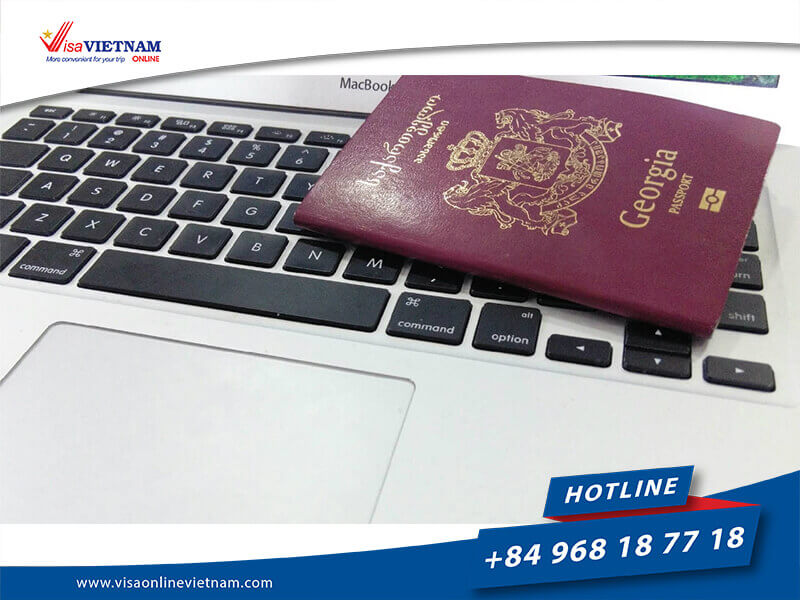
Armed with your visa approval letter, the next phase is navigating the arrival process smoothly. This segment outlines a straightforward, step-by-step guide that will help you breeze through customs and immigration like a pro.
Being organized and knowing what to expect can significantly reduce anxiety related to travel, enabling you to focus on enjoying everything Vietnam has to offer.
Preparing Before Leaving Home
Before you set foot on the plane, there are several preparatory steps to undertake. First and foremost, print out the visa approval letter and keep it readily accessible. Digital copies on mobile devices are convenient, but having a physical copy can save time in case of technical issues.
Next, prepare additional documents that may be required, such as proof of accommodation and return flight reservations. Although some agencies may not require these documents, having them ready can serve as backup evidence of your intent to leave the country, should any questions arise during your entry process.
Navigating the Airport Upon Arrival
Upon arriving at the airport in Vietnam, follow the signs directing you towards the international arrivals area. Look for the dedicated Landing Visa counter—this is where the magic happens.
Present your passport and visa approval letter to the officer at the counter. Additionally, complete a visa application form, which is usually available at the counter or can be downloaded online prior to your journey. Fill it out accurately, as this will expedite the processing of your visa.
Paying the Stamping Fee
Now, let’s talk about the stamping fee. Depending on whether you’re applying for a single or multiple-entry visa, you’ll need to prepare the appropriate amount in cash. The acceptance of credit cards may vary by airport, so it’s safer to bring cash.
After paying the fee, the officer will process your application and affix the visa sticker to your passport. Congratulations—you are now officially welcomed to Vietnam! All that remains is to gather your belongings and step into the vibrant world outside the airport doors.
Duration and Types of Visas Available
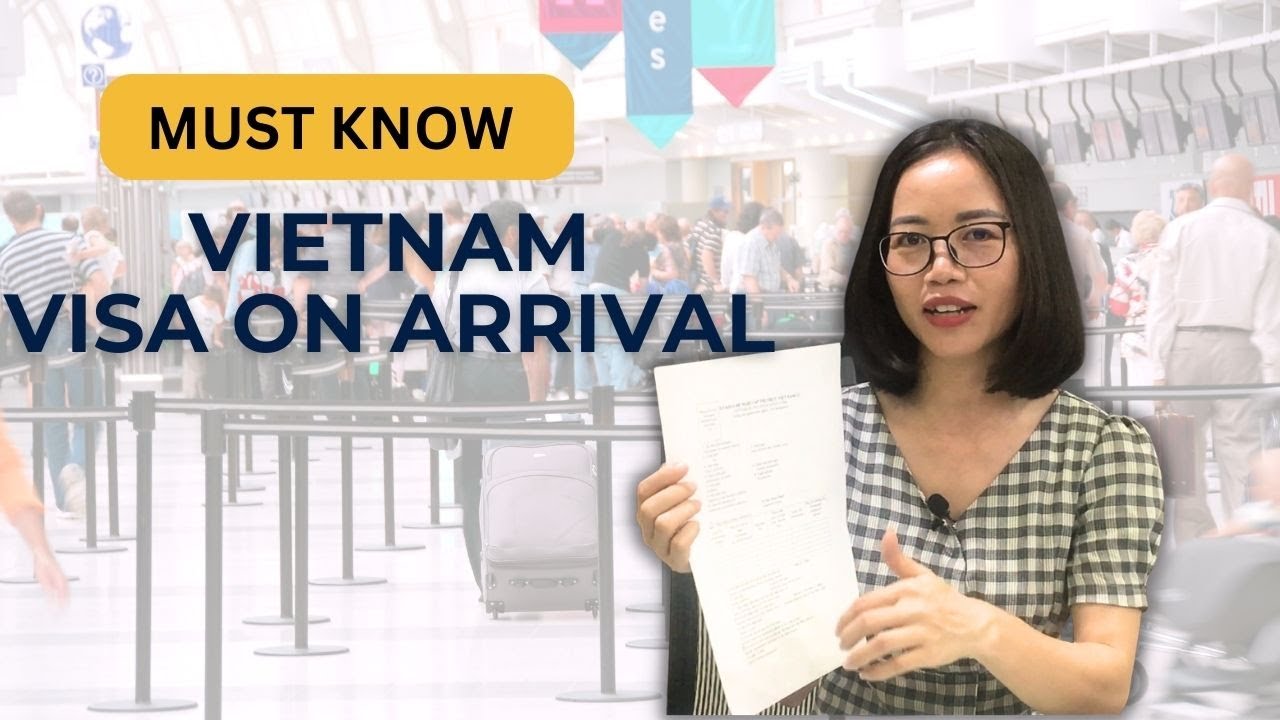
Understanding the duration and types of visas available through the Vietnam visa on arrival process is vital for planning your stay in Vietnam effectively. Knowing how long you can remain in the country and which visa suits your trip best will help you avoid overstays and legal complications.
In this section, we will explore the various types of visas offered, typical durations, and the conditions under which they can be extended.
Tourist Visas: Length and Options
For those visiting Vietnam primarily for leisure and exploration, tourist visas are typically available for up to thirty days. Short-term visitors often find this duration sufficient for exploring major attractions, indulging in local cuisine, and immersing themselves in the rich culture.
Notably, some agencies offer one-month multiple-entry tourist visas, allowing travelers to leave and re-enter during their stay. This can be particularly beneficial for those planning to take side trips to nearby countries while still wanting to return to Vietnam for further exploration.
Business Visas: Flexibility for Professionals
Business visas offer more flexibility, catering specifically to professionals traveling for work-related purposes. Depending on sponsorship from a Vietnamese company, business visas can last anywhere from 30 to 90 days.
It’s essential to clarify the specifics regarding extensions and renewals with the sponsoring company, as they may have their processes in place. Being proactive about your visa status ensures that you maintain compliance with Vietnamese immigration laws throughout your stay.
Extending Your Stay: Possibilities and Procedures
Should you find yourself captivated by the beauty of Vietnam and wish to extend your stay beyond the initial duration of your visa, options are available. Extensions can be sought through local immigration offices, though the procedures may vary.
Keep in mind that extensions aren’t guaranteed and depend largely on the type of visa you currently hold. It’s advisable to initiate extension requests well in advance of your visa expiration date to avoid any complications.
Documentation and Requirements for Visa on Arrival
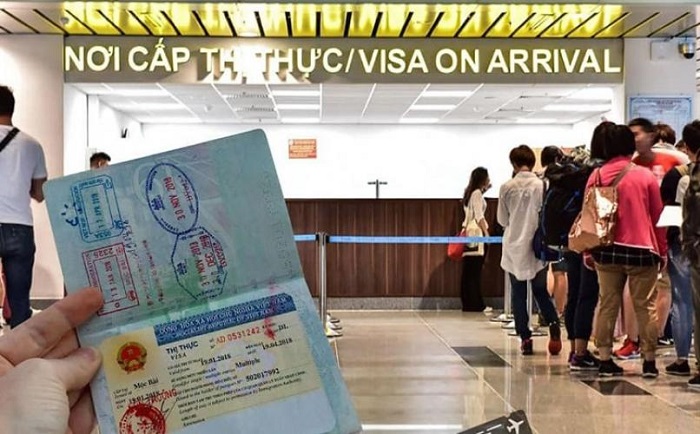
Navigating the documentation and requirements for the Vietnam visa on arrival process can be intricate. Knowing what is needed can streamline the entire experience, ensuring that you arrive prepared and confident.
This section breaks down the essential documentation necessary for a successful visa on arrival application and the considerations for travelers from different nationalities.
Essential Documents for Visa Approval
To kickstart the visa on arrival process, you’ll need to submit several key documents to the visa agency of your choice. Primarily, a valid passport is paramount, and it must be valid for at least six months from your intended arrival date.
Additionally, travelers will typically be required to provide a clear digital photograph. Ensuring the photo meets specifications—such as size and background color—is essential for avoiding delays in processing.
Depending on the agency’s policies, they may also request supporting documents like hotel bookings, return flight reservations, or an itinerary detailing your planned activities in Vietnam.
Nationality-Specific Requirements
A noteworthy aspect of the Vietnam visa on arrival process is the variation in requirements based on your nationality. Certain countries may face additional stipulations compared to others.
For instance, citizens from nations with established bilateral agreements may enjoy simplified procedures or fewer documentation necessities. Conversely, travelers from countries with stricter immigration policies may need to submit supplementary documents for approval.
Always consult the latest guidelines from the Vietnamese immigration department or reliable travel agencies to verify the specific requirements that apply to your nationality.
Staying Organized Throughout the Application Process
Amidst the flurry of travel preparations, staying organized is critical. Keep all documentation compiled in a designated folder or envelope, labeling each item clearly.
If you’re submitting applications online, take screenshots of confirmed submissions and payment receipts, and store them digitally in a dedicated folder on your device. Having everything at your fingertips minimizes last-minute scrambling and reduces anxiety levels leading up to your trip.
Mistakes to Avoid When Applying for Vietnam Visa on Arrival
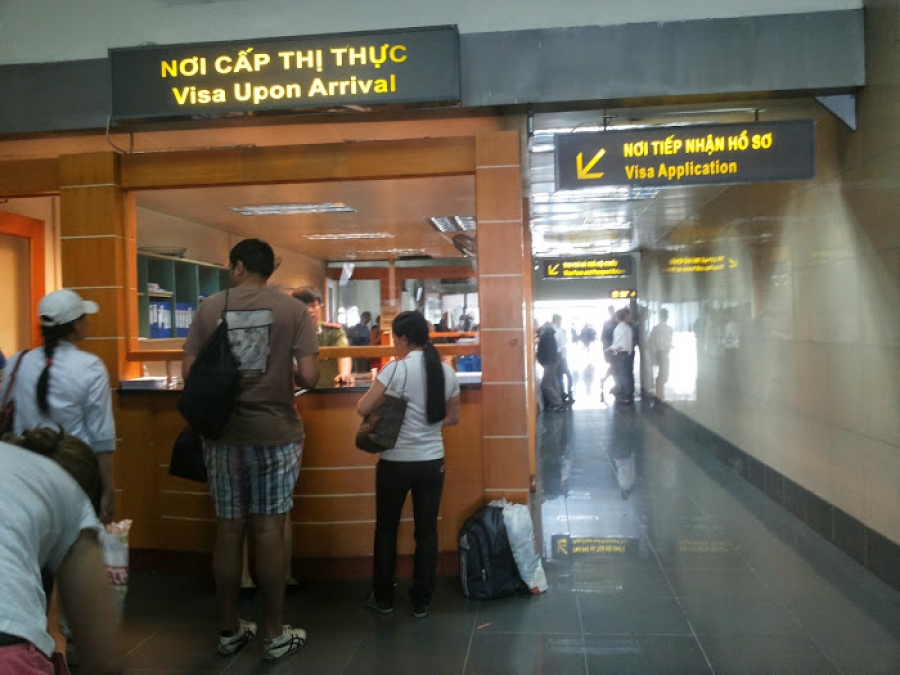
While the Vietnam visa on arrival process is relatively straightforward, certain pitfalls can complicate matters for unsuspecting travelers. To ensure your experience goes smoothly, being aware of common mistakes can save you considerable time and frustration.
In this section, we examine frequent errors made by applicants and how to sidestep them effectively.
Overlooking the Visa Approval Letter Requirement
One of the most frequently encountered mistakes is failing to realize the importance of the visa approval letter. Travelers often assume they can simply show up at the airport and obtain their visa, leading to disappointment when denied boarding.
To avoid this, emphasize the necessity of securing the visa approval letter well ahead of departure and treat it as a fundamental component of your travel preparations.
Neglecting to Double-Check Information
Another common error is neglecting to double-check the information provided on both the visa application form and the visa approval letter. A small typo in your name or nationality can cause significant problems when presenting documents upon arrival.
Instead of rushing the process, take the time to review all entered information. If possible, enlist a trusted friend or family member to review your forms to catch any potential mistakes.
Failing to Prepare for Currency Payments
Many travelers overlook the fact that they must pay the stamping fee in cash upon arrival at the airport. Assuming they can use debit or credit cards may lead to panic if ATMs are not readily available or if card payments are not accepted.
Prior to leaving home, ensure you have the required cash set aside. Familiarize yourself with the current currency exchange rate and withdraw appropriate amounts before you arrive in Vietnam to avoid any financial hiccups.
Frequently Asked Questions
As travelers embark on their journey through the Vietnam visa on arrival process, numerous questions often arise. Addressing these inquiries helps to demystify the process and empowers travelers with the knowledge they need for a seamless experience.
Here, we compile some of the most commonly asked questions related to obtaining a visa on arrival in Vietnam.
Can I Apply for a Vietnam Visa on Arrival Without a Visa Approval Letter?
No, you cannot apply for a visa on arrival without first securing a visa approval letter. This critical document is a prerequisite for entering Vietnam and is necessary for checking in with airlines.
Always ensure that you apply for your visa approval letter in advance to avoid any disruptions to your travel plans.
Is the Visa on Arrival Available for All Nationalities?
While the Vietnam visa on arrival process is broadly applicable, certain nationalities may face restrictions or additional requirements. It’s essential to check the latest information from Vietnamese authorities or authorized visa agencies to confirm eligibility.
If you belong to a nationality that is not eligible for visa on arrival, exploring other visa options prior to your departure is recommended.
How Long Does It Take to Receive the Visa Approval Letter?
Typically, the processing time for the visa approval letter ranges from five to seven working days. However, many visa agencies offer expedited services for travelers requiring immediate assistance.
For peace of mind, it’s advisable to apply well in advance of your travel date, allowing ample time for processing and contingencies.
Notes on Vietnam Visa on Arrival Procedures
Familiarizing yourself with the Vietnam visa on arrival procedures is crucial to ensuring a hassle-free experience. This guide highlights key points to remember as you prepare for your journey.
Stay Informed About Changing Regulations
Visa regulations can change unexpectedly, so it is wise to stay informed about any updates related to visa applications and arrivals in Vietnam.
Regularly check the official website of the Vietnamese immigration department, and consult with trusted travel agencies for the latest news on visa policies.
Be Prepared for Security Checks
Upon arriving at the airport, be mentally prepared for security checks, which may involve presenting your luggage for inspection. Stay calm and cooperative with authorities and adhere to their instructions.
Maintaining a positive attitude during these processes can ease any tensions and enhance the overall travel experience.
Keep Copies of Important Documents
During your travels, it’s prudent to keep photocopies or digital back-ups of all essential documents, including your passport, visa approval letter, and travel insurance.
In case of loss or theft, having copies can simplify the recovery process and assist authorities if needed.
Conclusion
Navigating the Vietnam visa on arrival process doesn’t have to be intimidating. With careful planning, preparation, and an understanding of the requirements, travelers can confidently embark on their adventure in this enchanting country.
By securing your visa approval letter well in advance, being mindful of documentation needs, and acknowledging common mistakes, you can ensure a smooth entry into Vietnam. Traveling should be about exploration and enjoyment, not stress over logistics—so equip yourself with the knowledge shared in this guide and get ready to immerse yourself in the wonders of Vietnam. Safe travels!

I have made several attempts to secure a tourist visa online and my payment has been rejected, in spite of having used two different credit cards. What can I do to pay the fee?